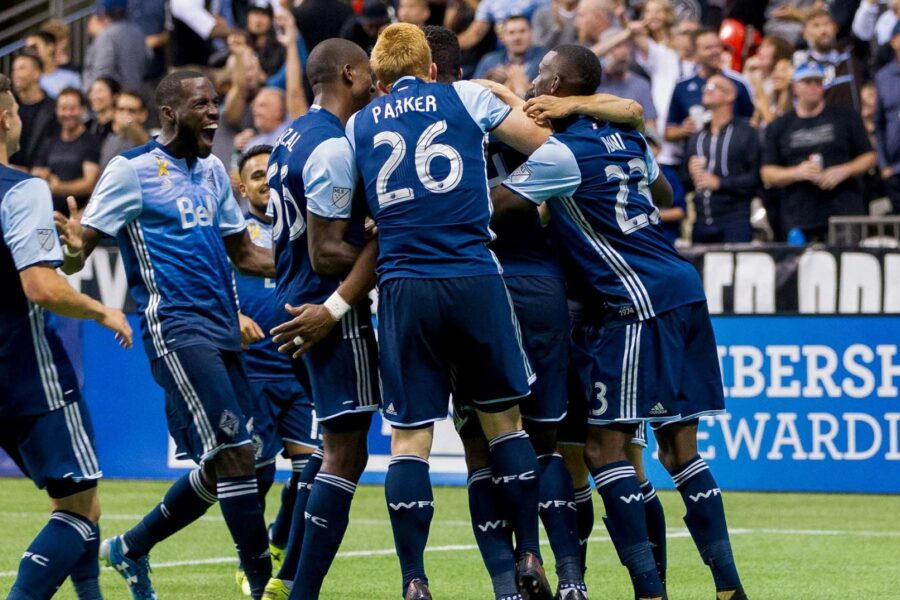Learn how to run an effective video session from the analyst of the Vancouver Whitecaps.
Andy Peat is the video analysis coach for the Vancouver Whitecaps. In this four-part blog series, Peat will describe how the Whitecaps’ program uses video and how vital it is to its success.
Between national soccer programs, community teams and now the Vancouver Whitecaps, I have been exposed to many different environments. Each has enabled me to learn new things and shown me a number of methods for presenting a video session.
The most important aspect as a coach or video analyst is knowing your team and how they respond to video. A team is filled with individuals who all learn in different ways. Ensuring that you keep them all engaged is the key challenge. Nobody wants to sit in a room and listen to someone just tell them what to do. At times, direct communication is needed, while other times call for a questioning approach.
There are seven types of learning styles: visual, aural, verbal, physical, logical, social and solitary. Video presentations primarily involve visual and verbal. The most effective presentations have clear outcomes with the presenter effectively and concisely conveying a message while engaging the audience. Knowing the audience is fundamental—you need to find and deliver the right level of detail. The players must have confidence and clarity when leaving the video session. There’s a risk of over-complicating the message, or using too many examples when one or two clips will do.
Some key points an analyst much achieve:
- All video clips are in the right order. Put the most important ones up front.
- There is a smooth flow of content.
- It is packaged in a professional manner.
- There’s no jumping between various programs/software.
- The coaches have everything they need to present.
- A backup plan if technology fails.
After a video session, it is important that the players can execute what is being asked on the pitch. This is where the kinesthetic learner can apply their understanding. Transferring what was discussed and presented in the video session to the field comes down to the effectiveness of the presenter and the ability of the players. It’s extremely rewarding when players easily apply what was discussed and it supports the team in performing effectively on the training field and in games.
There are a lot of different presentation methods that range from simple to complex. It’s most important to keep your group engaged. How you and the coaches bring it to life on the field is up to you.

